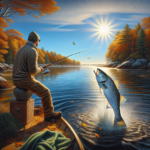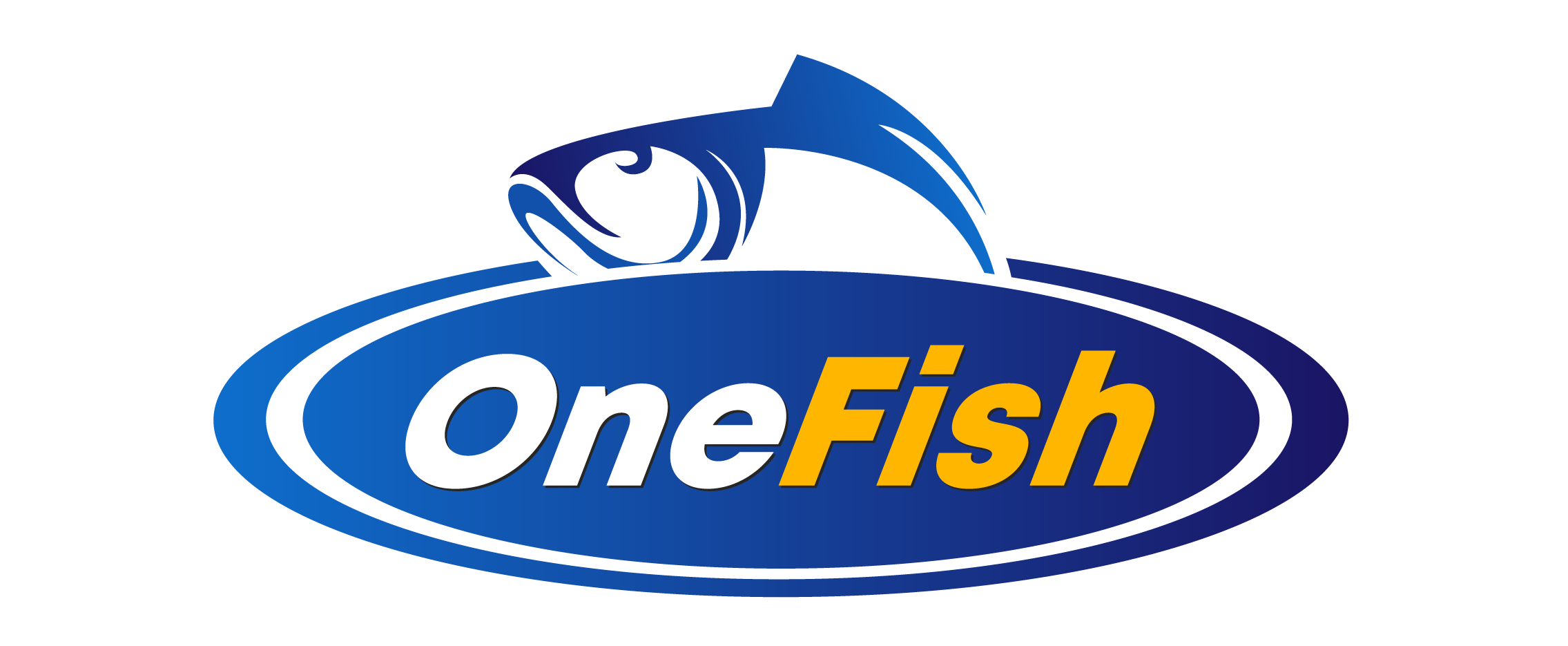Fall Striped Bass Fishing in Massachusetts’ Coastal Waters

Introduction
Did you know that Massachusetts’ coastal waters are home to some of the best fall striped bass fishing in the United States? Every year, anglers from all over flock to the Bay State to take advantage of the striped bass migration, which offers a thrilling and rewarding fishing experience.
In this article, we will delve into the intricacies of fall striped bass fishing in Massachusetts’ coastal waters. We will cover everything from the historical significance of striped bass in the region to the best fishing techniques, gear recommendations, and top fishing spots. Whether you’re a seasoned angler or a novice looking to try your hand at striped bass fishing, this guide will provide you with all the information you need to make the most of your fishing adventure.
Understanding the importance of this topic is crucial for anyone looking to maximize their fishing success. By knowing where to fish, what techniques to use, and how to prepare, you can significantly increase your chances of landing a trophy striped bass. Let’s dive in!
Background/Context
Historical or Cultural Significance
Striped bass, also known as “stripers,” have a long and storied history in Massachusetts. Native to the Atlantic coast, these fish have been a vital part of the region’s ecosystem and economy for centuries. Indigenous peoples and early settlers relied on striped bass as a primary food source, and the fish continues to be a popular target for both commercial and recreational fishing.
Geographical Overview
Massachusetts’ coastal waters, including Cape Cod, Martha’s Vineyard, and Nantucket, provide an ideal habitat for striped bass. The region’s diverse ecosystem, characterized by estuaries, bays, and tidal rivers, offers abundant food sources and favorable conditions for these fish. The temperate climate and seasonal changes also play a significant role in the striped bass migration patterns, making fall a prime time for fishing.
Key Points/Details
Fishing Techniques
Technique Overview
Several fishing techniques are effective for catching striped bass in Massachusetts’ coastal waters. These include surfcasting, trolling, and fly fishing. Each technique has its own set of advantages and is suited to different conditions and locations.
When and Where to Use
Surfcasting is particularly effective along sandy beaches and rocky shorelines, where striped bass often hunt for baitfish. Trolling is best suited for deeper waters and can cover a larger area, making it ideal for locating schools of striped bass. Fly fishing, while more challenging, can be highly rewarding in estuaries and tidal rivers where striped bass feed on smaller prey.
Recommended Gear
- Rods: Medium to heavy-action rods are recommended for surfcasting and trolling, while a 9-weight fly rod is ideal for fly fishing.
- Reels: Use a high-capacity spinning reel for surfcasting and trolling, and a large-arbor fly reel for fly fishing.
- Lines: Braided lines are preferred for their strength and sensitivity, while floating or intermediate fly lines work well for fly fishing.
- Bait/Lures: Popular choices include live eels, bunker, and artificial lures such as topwater plugs, soft plastics, and streamer flies.
Species Information
Species Overview
Striped bass are known for their distinctive dark stripes running along their silvery bodies. These fish are highly migratory, moving between freshwater and saltwater environments throughout their life cycle. In the fall, striped bass migrate southward along the Atlantic coast, making Massachusetts’ coastal waters a prime location for fishing.
Best Practices
To successfully catch striped bass, it’s essential to understand their feeding habits and preferred habitats. Striped bass are opportunistic feeders, often hunting in schools and targeting baitfish such as herring, mackerel, and menhaden. Fishing during low-light conditions, such as early morning or late evening, can increase your chances of success. Additionally, using a variety of lures and baits can help you determine what the fish are biting on any given day.
Location Information
Top Fishing Spots
- Cape Cod Canal: Known for its strong currents and abundant baitfish, the Cape Cod Canal is a hotspot for striped bass fishing.
- Martha’s Vineyard: The island’s rocky shorelines and sandy beaches provide excellent opportunities for surfcasting.
- Nantucket: Nantucket’s estuaries and tidal rivers are ideal for fly fishing and light tackle.
- Boston Harbor: The harbor’s structure and deep channels attract large schools of striped bass.
Regulations and Licenses
Before heading out, it’s important to familiarize yourself with local fishing regulations. In Massachusetts, anglers are required to have a valid saltwater fishing license. Additionally, there are specific size and bag limits for striped bass to ensure sustainable fishing practices. As of 2023, the minimum size limit for striped bass is 28 inches, with a daily bag limit of one fish per angler.
Seasonal Considerations
Seasonal Variations
Fishing conditions in Massachusetts’ coastal waters can vary significantly throughout the year. In the fall, cooler water temperatures and shorter daylight hours trigger the striped bass migration. This period, typically from September to November, offers some of the best fishing opportunities as striped bass move closer to shore in search of food.
Best Times to Fish
The optimal times to fish for striped bass are during the early morning and late evening when the fish are most active. Additionally, fishing around tidal changes can increase your chances of success, as striped bass often feed more aggressively during these periods.
Events and Tournaments
Event Overview
Massachusetts hosts several fishing events and tournaments throughout the fall season. One of the most popular is the Martha’s Vineyard Striped Bass and Bluefish Derby, which attracts anglers from all over the country. The event typically runs from mid-September to mid-October and offers various categories and prizes for the largest fish caught.
Preparation Tips
To prepare for a fishing tournament, it’s essential to practice your techniques and familiarize yourself with the fishing spots. Make sure your gear is in top condition, and consider scouting the area ahead of time to identify potential hotspots. Additionally, staying updated on weather conditions and tidal patterns can give you a competitive edge.
Tips and Best Practices
General Tips
- Always check the weather forecast before heading out to ensure safe and comfortable fishing conditions.
- Use a variety of lures and baits to determine what the fish are biting on any given day.
- Pay attention to tidal changes, as striped bass often feed more aggressively during these periods.
- Practice catch and release to help maintain healthy fish populations.
Avoid Common Mistakes
- Overlooking Tidal Patterns: Ignoring tidal changes can significantly reduce your chances of success. Always plan your fishing trips around the tides.
- Using the Wrong Gear: Using inappropriate gear can make it difficult to land a striped bass. Ensure you have the right rods, reels, and lines for the job.
- Fishing at the Wrong Time: Striped bass are most active during low-light conditions. Avoid fishing during the middle of the day when the sun is high.
Advanced Techniques
- Live Lining: Using live bait such as eels or bunker can be highly effective for targeting larger striped bass.
- Jigging: Vertical jigging with heavy metal jigs can help you reach deeper water where striped bass often hunt.
- Topwater Fishing: Using topwater plugs can create exciting surface strikes, especially during early morning or late evening.
Gear and Equipment Recommendations
Essential Gear
- Medium to heavy-action rods
- High-capacity spinning reels
- Braided fishing lines
- Live bait (eels, bunker) and artificial lures (topwater plugs, soft plastics)
Optional Gear/Upgrades
- Fish finder or depth sounder
- Waders for surfcasting
- Fly fishing gear (9-weight rod, large-arbor reel, floating/intermediate lines)
Where to Buy or Rent
Local tackle shops such as Goose Hummock Shop in Orleans and Red Top Sporting Goods in Buzzards Bay offer a wide range of fishing gear and equipment. Additionally, online retailers like Bass Pro Shops and Cabela’s provide convenient options for purchasing gear.
Safety and Conservation
Safety Tips
- Always wear a life jacket when fishing from a boat or in deep water.
- Be aware of weather conditions and avoid fishing during storms or rough seas.
- Use sunscreen and protective clothing to prevent sunburn.
- Stay hydrated and bring plenty of water, especially during long fishing trips.
Conservation Practices
- Practice catch and release to help maintain healthy fish populations.
- Follow local fishing regulations and size/bag limits.
- Dispose of fishing line and other waste properly to protect the environment.
- Respect local wildlife and avoid disturbing nesting areas or habitats.
Planning Your Trip
Accommodations
There are numerous accommodations available near popular fishing spots in Massachusetts. Options range from hotels and motels to vacation rentals and campgrounds. Some recommended places to stay include the Harbor View Hotel in Martha’s Vineyard, the Nantucket Hotel & Resort, and the Cape Codder Resort & Spa in Hyannis.
Travel Tips
Massachusetts is easily accessible by car, plane, or ferry. Major airports include Boston Logan International Airport and T.F. Green Airport in Rhode Island. Ferries run regularly to Martha’s Vineyard and Nantucket from several locations, including Hyannis and Woods Hole. Renting a car is recommended for exploring the various fishing spots along the coast.
Additional Activities
In addition to fishing, Massachusetts offers a wide range of activities for visitors. Explore historic sites such as Plymouth Rock and the Freedom Trail in Boston, enjoy scenic hikes in the Cape Cod National Seashore, or take a whale-watching tour from Provincetown. The region’s charming towns and villages also offer excellent dining, shopping, and cultural experiences.
Frequently Asked Questions (FAQs)
What is the best time of year to fish for striped bass in Massachusetts?
The fall season, typically from September to November, is the best time to fish for striped bass in Massachusetts’ coastal waters.
Do I need a fishing license to fish for striped bass in Massachusetts?
Yes, a valid saltwater fishing license is required to fish for striped bass in Massachusetts.
What is the minimum size limit for striped bass in Massachusetts?
As of 2023, the minimum size limit for striped bass in Massachusetts is 28 inches.
What are some effective lures for catching striped bass?
Popular lures for striped bass include topwater plugs, soft plastics, and streamer flies.
Are there any fishing tournaments in Massachusetts?
Yes, Massachusetts hosts several fishing tournaments, including the Martha’s Vineyard Striped Bass and Bluefish Derby.
Conclusion
Fall striped bass fishing in Massachusetts’ coastal waters offers an exciting and rewarding experience for anglers of all skill levels. By understanding the best fishing techniques, gear, and locations, you can maximize your chances of success and enjoy the thrill of landing a trophy striped bass. Remember to follow local regulations, practice conservation, and prioritize safety to ensure a sustainable and enjoyable fishing adventure. So grab your gear, head to the Bay State, and get ready for an unforgettable fishing experience!




